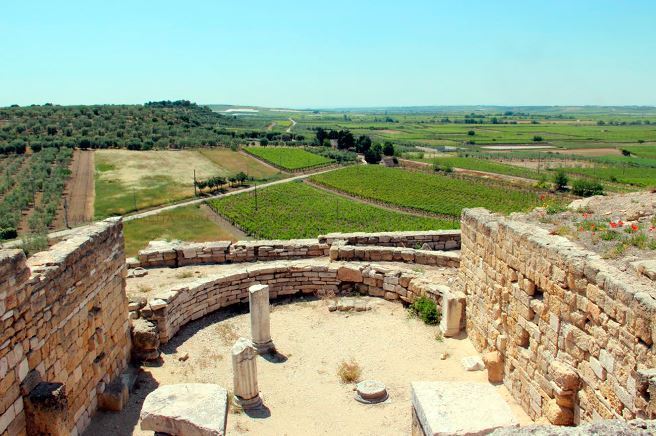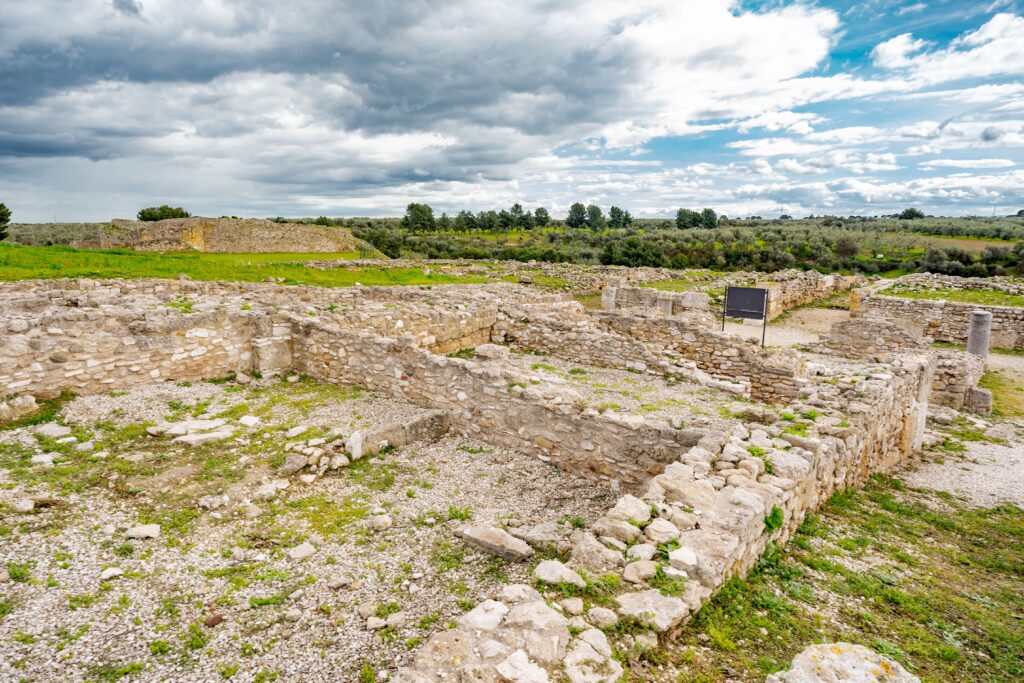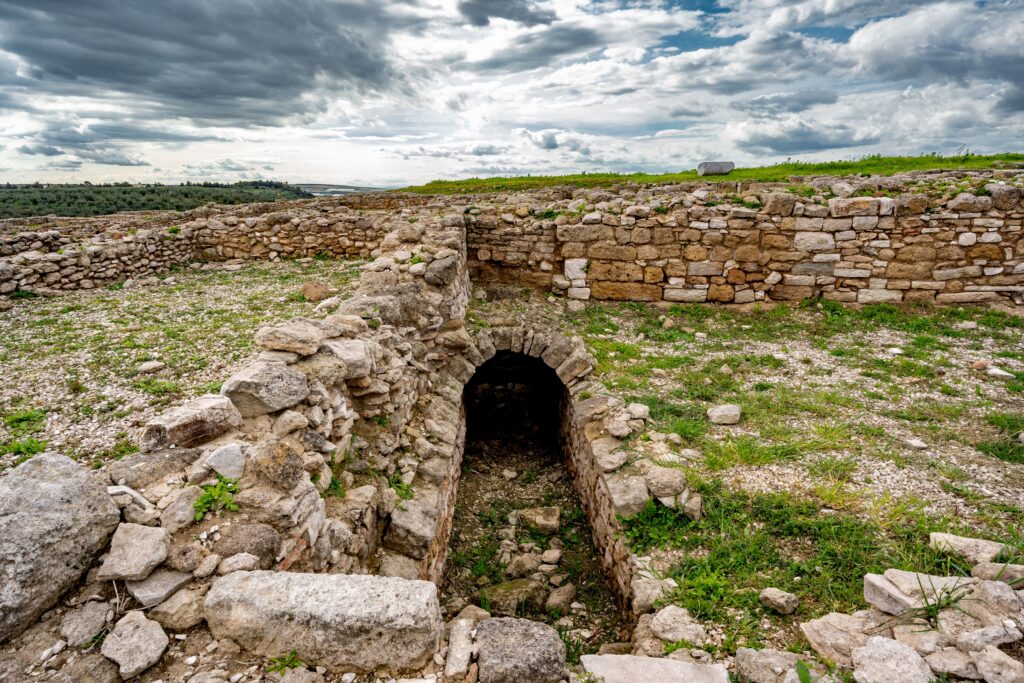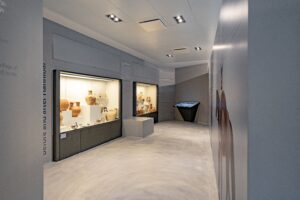Antiquarium of the battle of Canne
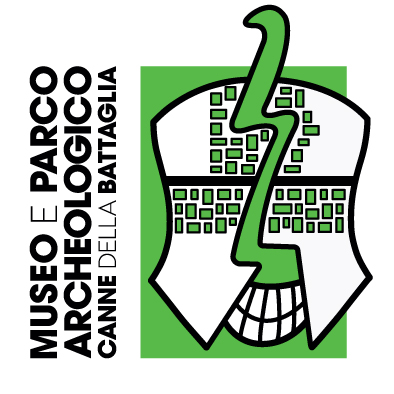
The museum and the archaeological park are located in an area of great landscape and naturalistic value and are part of the Ofanto Regional Natural Park, of which the archaeological site is one of the “gateways”.
The hills of Cannes bear witness to the medieval occupation from the Byzantine to the Swabian period. The main hill, where the arx mentioned in Latin sources was located, was systematically occupied from late antiquity until the phase of abandonment, in the Angevin era. The two main poles, the castle and the basilica, together with the town, manifest the richness of the medieval settlement phenomenon.
The medieval citadel, defined in its wall circuit by a fortification preserved in its elevation, especially in the section of the Byzantine-Norman castrum, has systematically obliterated the levels of Roman attendance. The stratifications relating to the phases of occupation in the late Middle Ages therefore seal the fabric of the urban organism of the Roman age, partly developed from the vicus mentioned in the sources.
The two important poles consisting of the basilica and the castle must be considered structuring elements of the medieval city. The basilica has undergone heavy tampering during the excavation and restoration phases and is known above all for the evidence preserved inside the crypt divided into three naves. The Christian building, divided into three naves, has undergone numerous phases of renovation from the Lombard to the Swabian age. As for the castle, the surveys of the years 2000-2001 highlighted the growth of the castle organism as a gradual extension of an original Norman plant. The western and part of the northern side of the fortified structure are now in light, as well as a rectangular corner tower. On the western side, among the excavated rooms, one is probably identifiable as the council chamber, the center of administration of secular power.
On the hill of Canne Fontanella and in the adjoining Pezza La Forbice from the sixth to the fourth century B.C. there was a progressive development of the settlement, a clear consequence of the population increase and the excellent standard of living of the residents, as evidenced by the fine table pottery of some houses.
In the third century B.C. there was a process of organization of the town, with warehouses for foodstuffs, a regular distribution of the living areas (which took into account the road axes paved with limestone) and the spaces intended for other functions. A complex building, in the Fontanella district, is House B, with a political-religious value. Its importance is documented by the presence of clay architectural coverings, of which a box slab with braid and Doric kyma remains.
On the layers of abandonment of the Daunian era there is an intense occupation for cultural and funerary purposes in the Byzantine age. The rich burial grounds are organized around religious buildings with a single nave and provide important information on the rural population around the civitas with the discovery of rich funerary objects exhibited in the museum.
Source: BunkerTV
Opening Hours, Tickets
Opening Hours
From Wednesday – Sunday from 09.00 to 17.30
The ticket office will stop sales 1 hour before official closure time
Tickets
Consultare il sito Link
Frazione Canne della Battaglia, Barletta, SP142, 76121 Barletta BTV
Battle of Cannae
source: mic
To date, no archaeological evidence has yet been found referring to the Battle of Cannae, but the finds found, of inestimable value, tell the story of the site through the centuries. The town of Cannes was built on the hills overlooking the valley of the Ofanto river, which allowed the settlement to prosper thanks to river trade and soil fertility.

